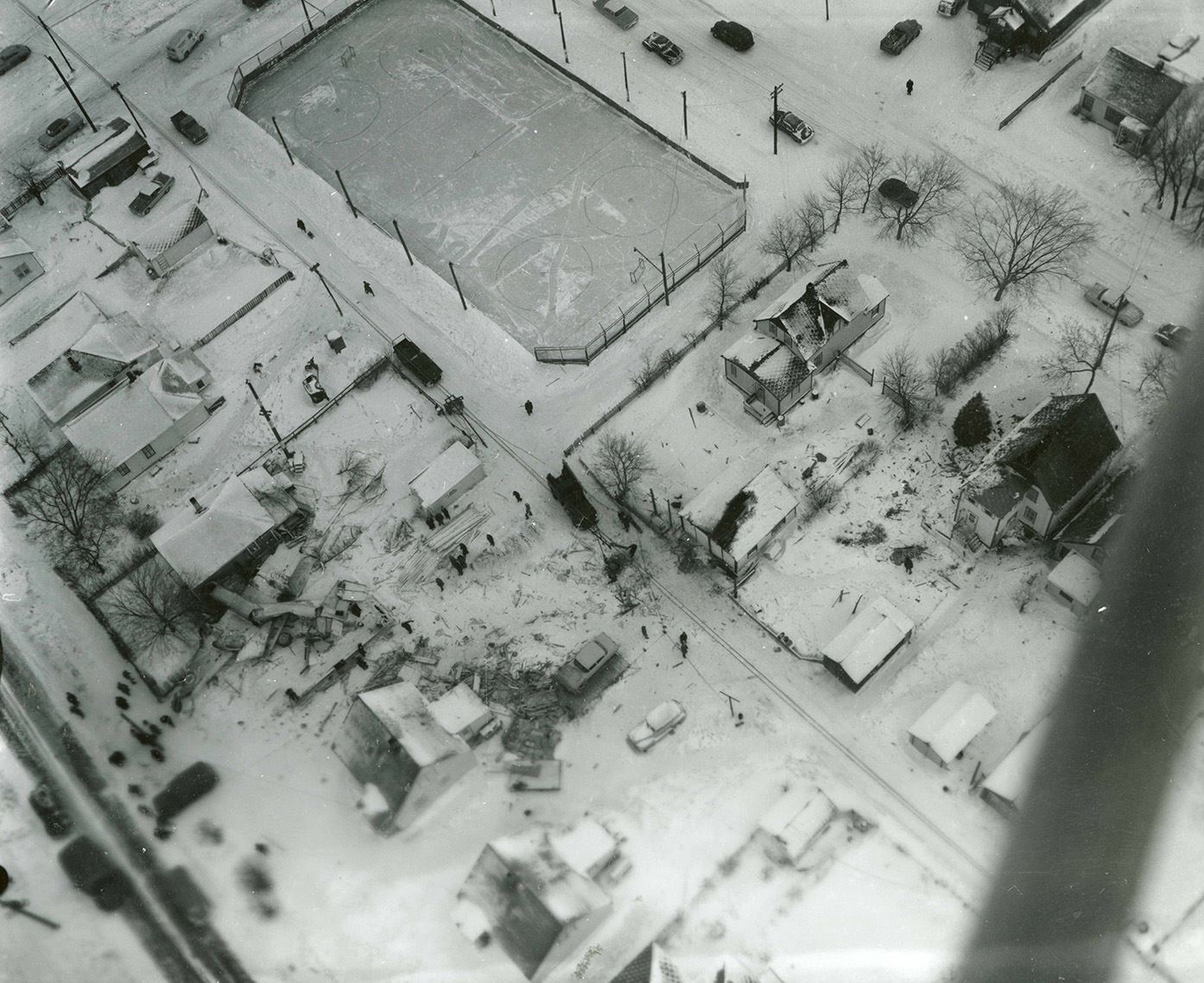Committee Reports
A printable version of this document can be found here.
Digital Initiatives: The Committee hosted the annual MAIN (Manitoba Archival Information Network) training session on March 25. The participants learned how to create and edit data within MAIN and also received a brief overview of archival description.
Education and Advisory Services: The Education Committee is planning a workshop on archiving emails. This workshop will be based on the first year of experiences shared by several archivists who are currently working on the process of archiving emails. A second workshop will discuss trauma related to archival research and the role of the archivist in addressing it. Look for registration information in the early autumn.
Finance and Grants: The AMA has received the yearly audit report in draft form. The revenue totaled $44,376 during the 2021 financial year. A surplus of nearly $20,000 is remaining from the 2021 financial year.
Indigenous Relations: Dr. Karine Duhamel will present an introductory webinar on the MMIWG inquiry, final report, and Calls for Justice. Thursday, May 19, 7-8 pm. Registration will be available on our website soon.
Information and Outreach: The City of Winnipeg Archives Renovation Project is on the agenda for the Winnipeg City Council Meeting, Thursday 28 April. You can watch it streamed live on YouTube from a link on this page: https://winnipeg.ca/clerks/council/meetings.stm/?trumbaEmbed=view%3Devent%26eventid%3D156433384
Earlier this month, Information and Outreach submitted a letter in support of the initiative to the Standing Policy Committee on Property and Development, Heritage, and Downtown Development: https://clkapps.winnipeg.ca/DMIS/ViewDoc.asp?DocId=21722&SectionId=641741&InitUrl=
Membership Committee: Reminder to renew your membership for April 1, 2022 – March 31, 2023. Visit https://mbarchives.ca/Membership to renew online.
Special Initiatives Member-at-Large: The Manitoba Day awards ceremony will be a hybrid event (online and in-person) held on Thursday May 12th, 6:30 pm to 8:30 pm, in the Cross Common Room at St. John's College, University of Manitoba, with light refreshments being served. The judges are currently evaluating the 10 nominations, and this should be completed by April 25th. Stay tuned for registration info.
Student Member-at-Large: Students interested in volunteering with the AMA can send an email to ama1@mts.net or reach out to us on our social media.
Special Announcements
AMA Photo of the Month
The City of Winnipeg Archives submitted the AMA’s April photo of the month.

Aerial of a Royal Canadian Air Force bomber that crashed into the St. James area of Winnipeg on February 17, 1957. Miraculously, there were no fatalities or serious injuries. Photo taken by David Portigal and Co. and used in consultation with the family. Part of the City of Winnipeg Archives Photograph collection (P52 Item 126).
To participate in Photo of the Month, please submit a photograph along with a caption, to webmaster@mbarchives.ca. We would love to showcase the collections from local institutions!
Reconciliation and Heritage webinar
The National Trust for Canada / Fiducie nationale du Canada webinar with Miranda Jimmy is available for viewing on YouTube at https://www.youtube.com/watch?v=mlOlpqvHycU
Miranda Jimmy is the incoming Manager for Reconciliation, Diversity and Inclusion at the National Trust for Canada. She is a member of Thunderchild First Nation.
Call for Volunteers
We are always looking for members to join our committees. Volunteering with the AMA is an excellent way to network with archivists, build skills, and shape the future of archives in Manitoba. If you are interested, please contact the Chair, or a Committee chair, at one of the email addresses listed on this page https://mbarchives.ca/contact
AMA Heritage Trust Fund (Endowment Fund)
The Association for Manitoba Archives Fund, supported by Endow Manitoba and administered by The Winnipeg Foundation, will provide the AMA with a reliable, meaningful source of operating income today and in future years as we continue to build capital through ongoing contributions. The AMA is grateful for the financial contributions made by The Winnipeg Foundation, the province of Manitoba, and from individual AMA members to date. To learn more about this fund and the opportunity to donate to it, please follow this link: https://www.mycharitytools.com/gift/wpgfdn/donate?fund=894